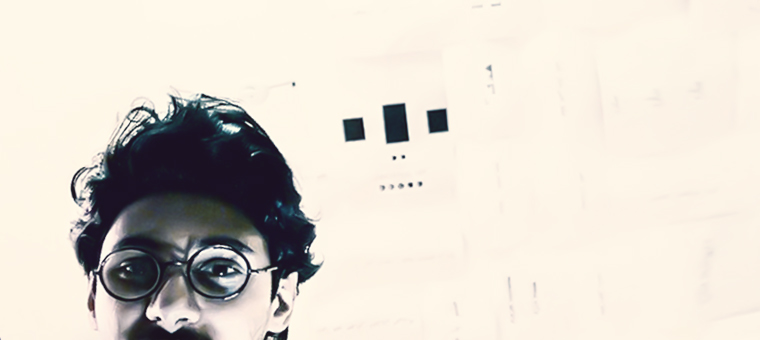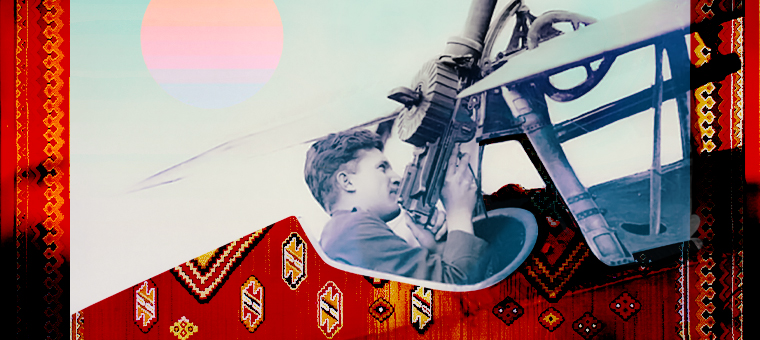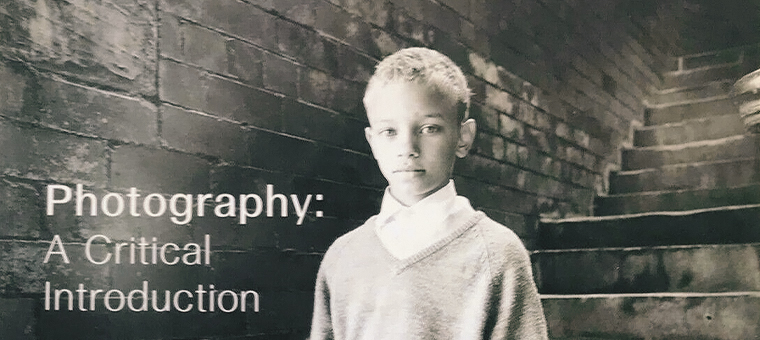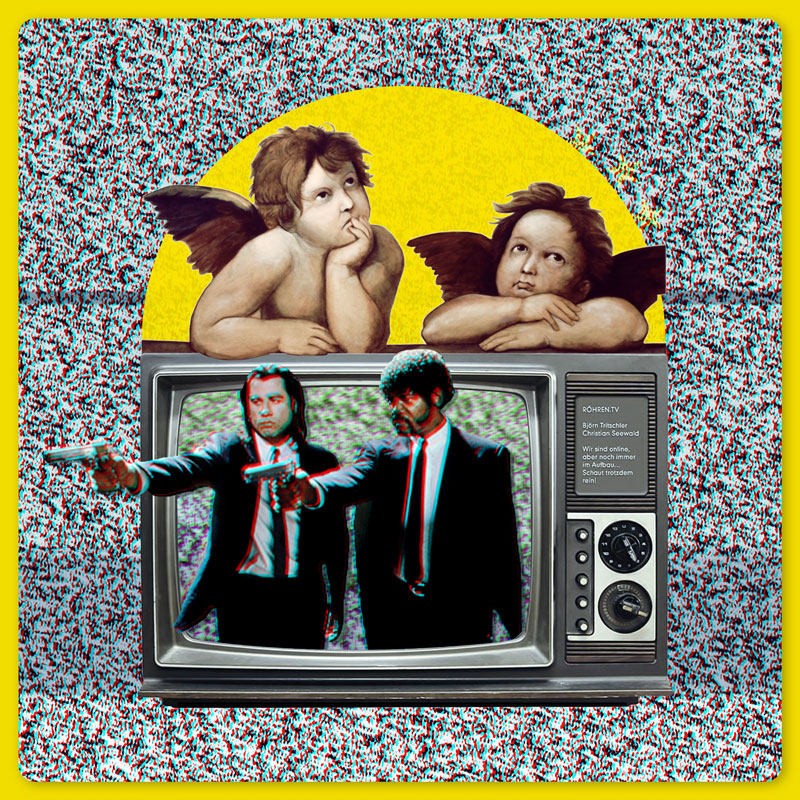Bringing the first large-scale conceptual art exhibition to life in Gilan was a formidable journey—filled with trials and tribulations, yet passionately pursued and beautifully embraced by the audience.
The exhibition is my attempt to narrate the complexities and social concerns of contemporary Iranian society through a postmodern lens. Everything displayed here is a “readymade,” gathered from various corners of Rasht, gaining new meaning through their interaction and context.
The physical setup of this exhibition was indeed demanding, occupying two distinct yet interconnected spaces spread across 120 square meters. The unconventional entrance setup wasn’t merely aesthetic—it was designed intentionally to prevent immediate access to the main exhibition area, compelling visitors first to reflect within an entry chamber. Here, banana peels were strategically placed, inspired by the old Persian proverb about “placing a banana peel under someone’s foot,” symbolizing intentional obstacles. Visitors had to step carefully, sometimes making leaps, creating a moment of purposeful challenge before engaging fully with the artwork.
The idea was straightforward yet profound: visitors needed mental preparation before encountering the main installation. It wouldn’t feel right for them to dive into the depths of the exhibit without any preliminary contemplation.
Institutional Blindness Towards Postmodern Art
This exhibition wasn’t just artistically challenging—it faced numerous bureaucratic hurdles. Unfortunately, those responsible for issuing permits, including the cultural officials and art experts at the Ministry of Culture and Guidance, have limited understanding of installation art and postmodern practices. This lack of familiarity significantly complicated the approval process.
After numerous meetings and countless revisions, I eventually convinced the provincial art expert at the Ministry of Culture, who reluctantly issued a permit based solely on detailed plans provided. Yet, even then, the challenges persisted—our permit was canceled twice within one week before the scheduled opening. Only after additional negotiations was the approval reinstated, draining much of our time and energy.
Lacking a financial sponsor, I borrowed some installation elements from the Marlik Gallery storage, covering the remaining costs personally. Naming the exhibition posed another considerable dilemma. Ultimately, no name seemed capable of fully encapsulating the essence of the concepts at play, leading to the decision to hold it unnamed, marked only visually by round glasses.
Ironically, this absence of a conventional title further complicated securing official permissions, as authorities found it nonsensical to issue permits for a nameless event. Eventually, a compromise was reached, and the exhibition was formally recognized as “Conceptual Art Exhibition Featuring Round Glasses (0-0).”
There’s still much left unsaid about the intricate process and audience reactions—stories I hope to share fully at another opportunity.





